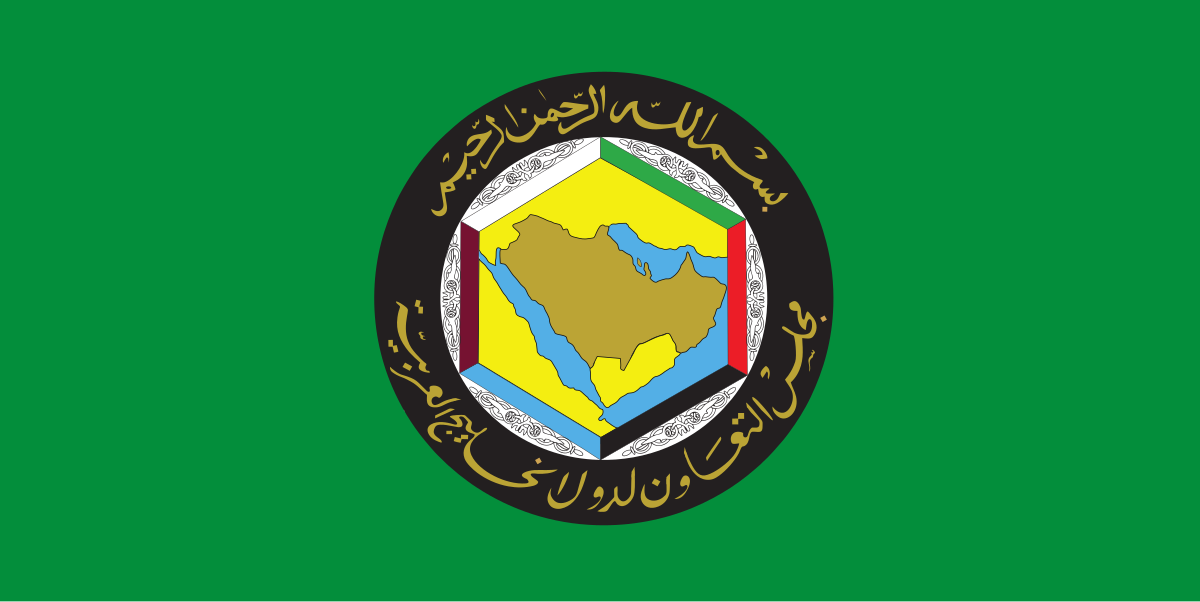According to recent statistics released by the GCC Statistical Centre, the total population of the Gulf Cooperation Council (GCC) countries witnessed a significant increase of 7.3% in 2023 compared to 2021, reaching 57.6 million.
The Gulf Cooperation Council (GCC) region, which includes Bahrain, Kuwait, Oman, Qatar, Saudi Arabia, and the United Arab Emirates has one of the fastest-growing populations in the world. The GCC Statistical Centre, reports that the total population of the GCC countries witnessed a significant increase of 7.3% in 2023 compared to 2021, reaching 57.6 million.
In order of population size:
Saudi Arabia witnessed a 4.5% increase, reaching 32.2 million in 2022 from 30.8 million in 2021. Data for 2023 is currently unavailable.
The United Arab Emirates experienced an 8.3% population growth, reaching 10.7 million in 2023 from 9.9 million in 2021.
Oman followed closely with a 14.1% population surge, reaching 5.2 million in 2023 from 4.5 million in 2021.
Kuwait witnessed the highest population growth among GCC countries, with a 16.5% increase, reaching 4.9 million in 2023 from 4.2 million in 2021.
Qatar recorded an 11.5% increase in population, reaching 3.1 million in 2023 from 2.7 million in 2021.
Bahrain experienced a 4.8% increase in population, rising from approximately 1.5 million in 2021 to 1.6 million in 2023.
- Population: 32,175,224, with 18.8 million (58.4%) Saudis and 13.4 million (41.6%) non-Saudis
- Median age: 29 years old
- Age distribution: 63% of the population under 30 years old
- Gender distribution: 10.24 million (76.5%) male residents and 3.14 million (23.5%) female residents
All countries in the GCC have young local populations (over 50% of local populations are under 25 years of age), while the proportion of older citizens is low. Some countries have less than 6% of locals over the age of 65 years of age. However, fertility and marriage rates are declining. This is associated with high levels of tertiary education participation for both men and women. In all of the GCC countries, female participation in the labor force is increasing.









